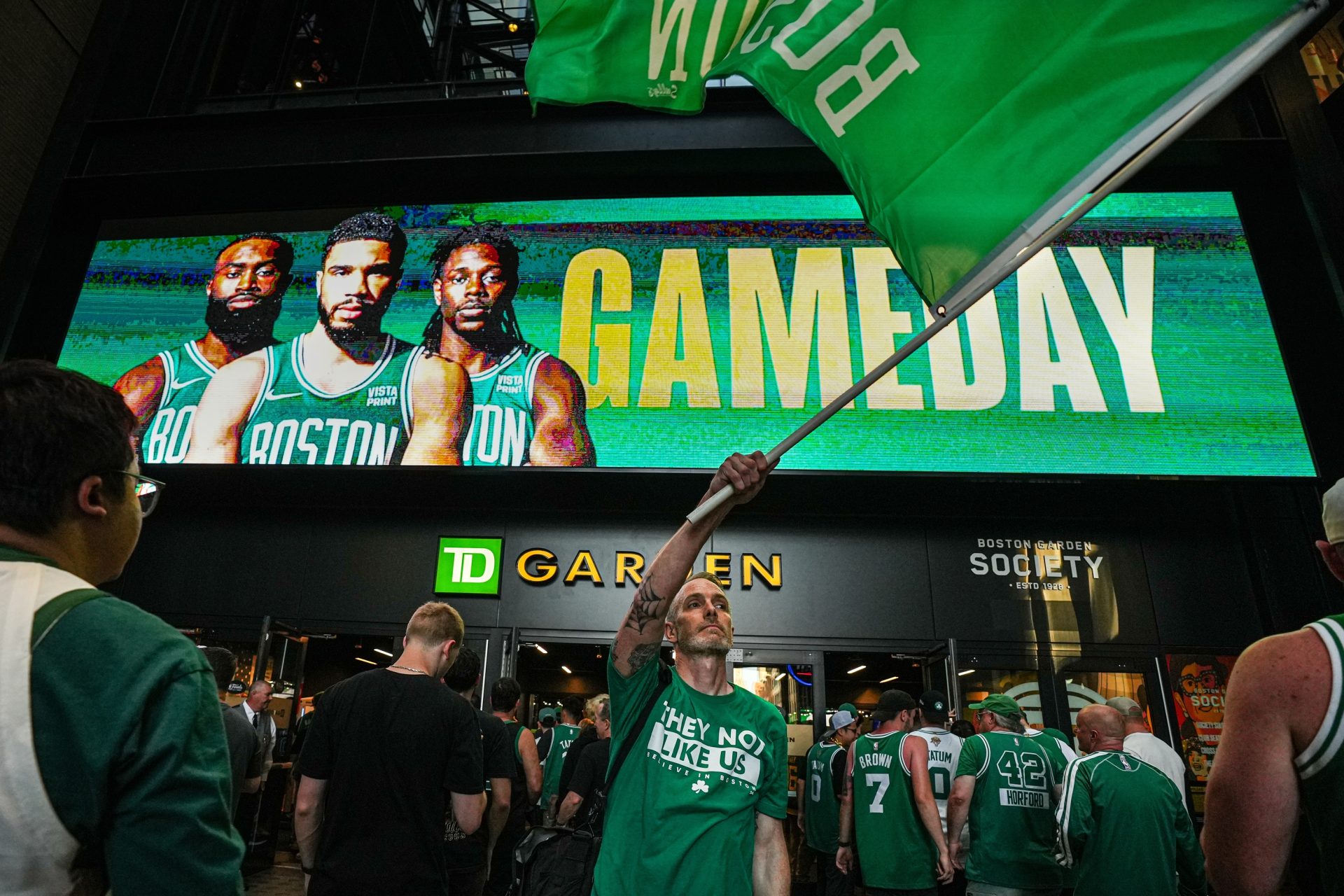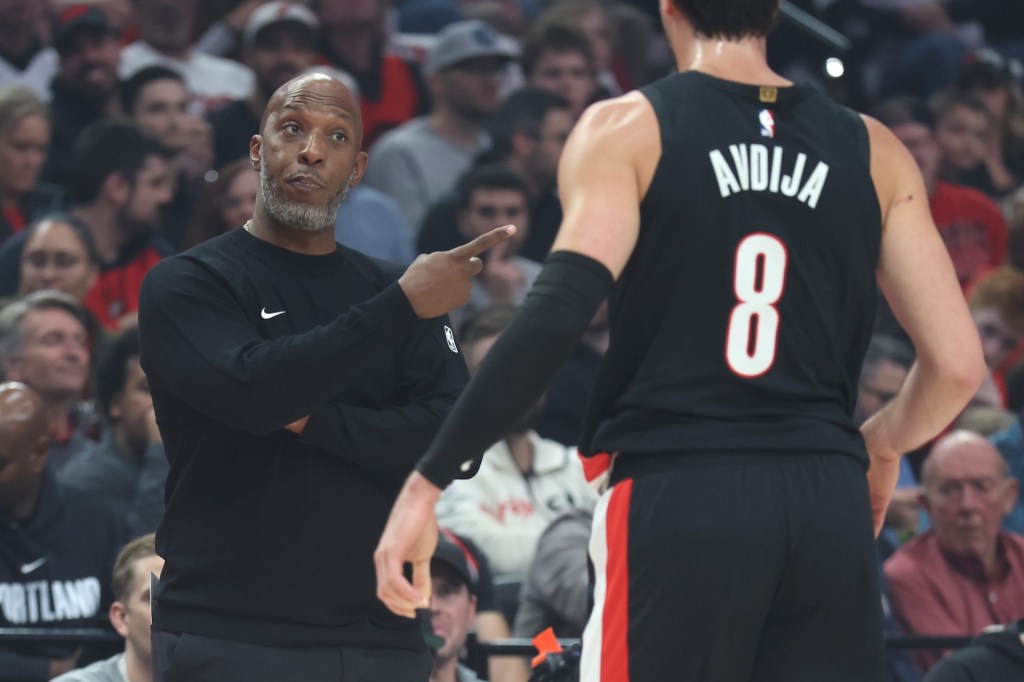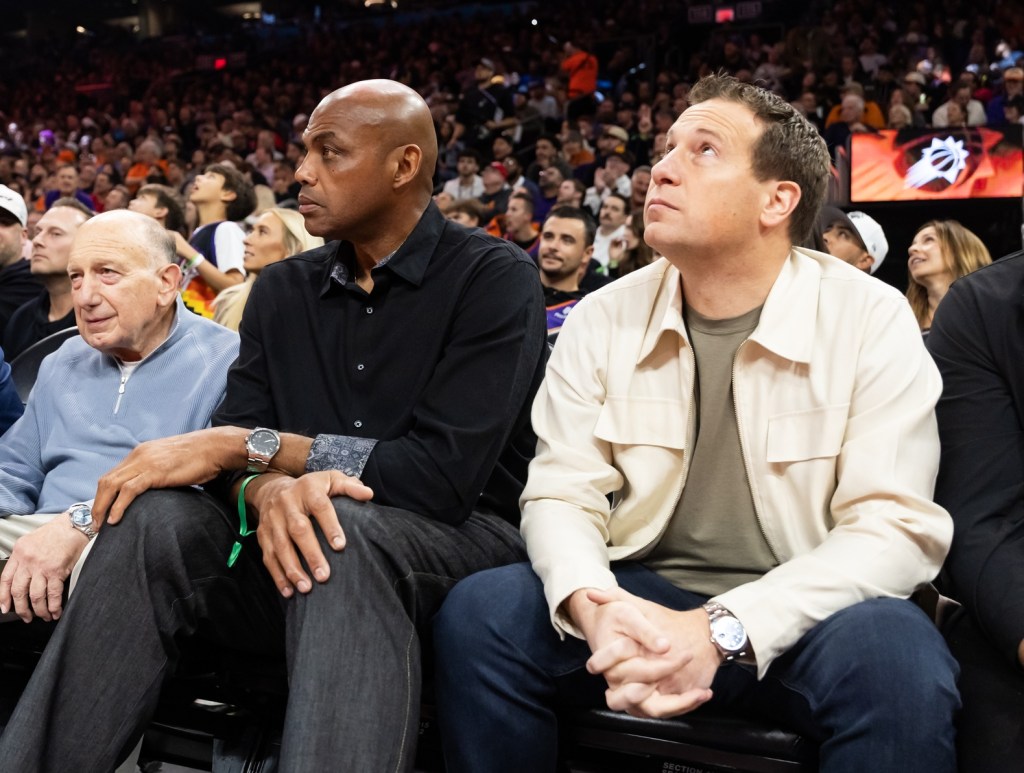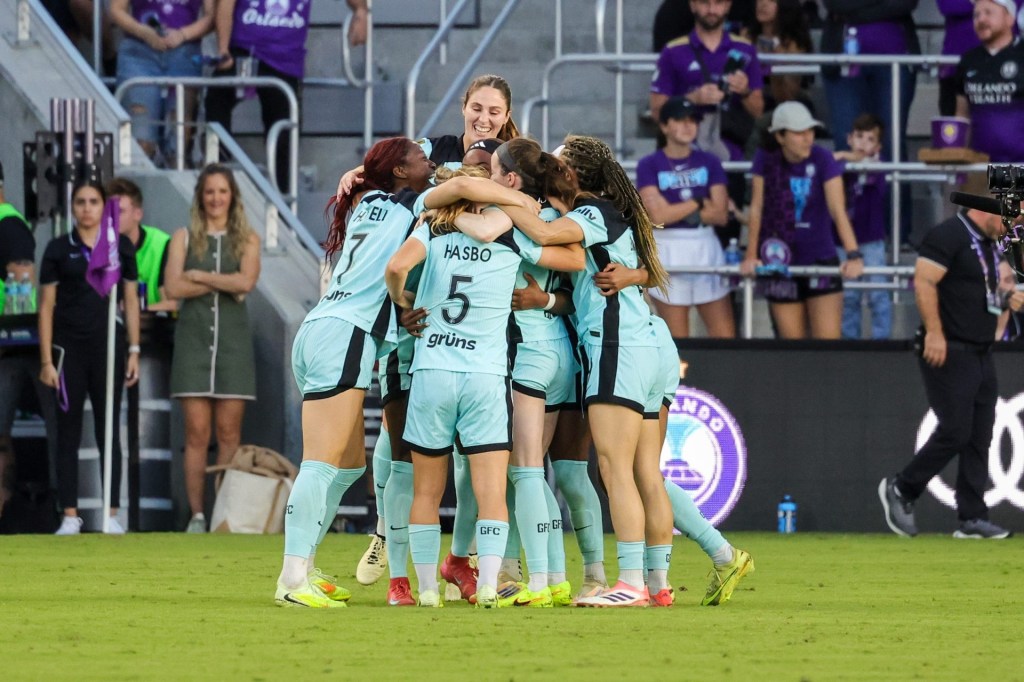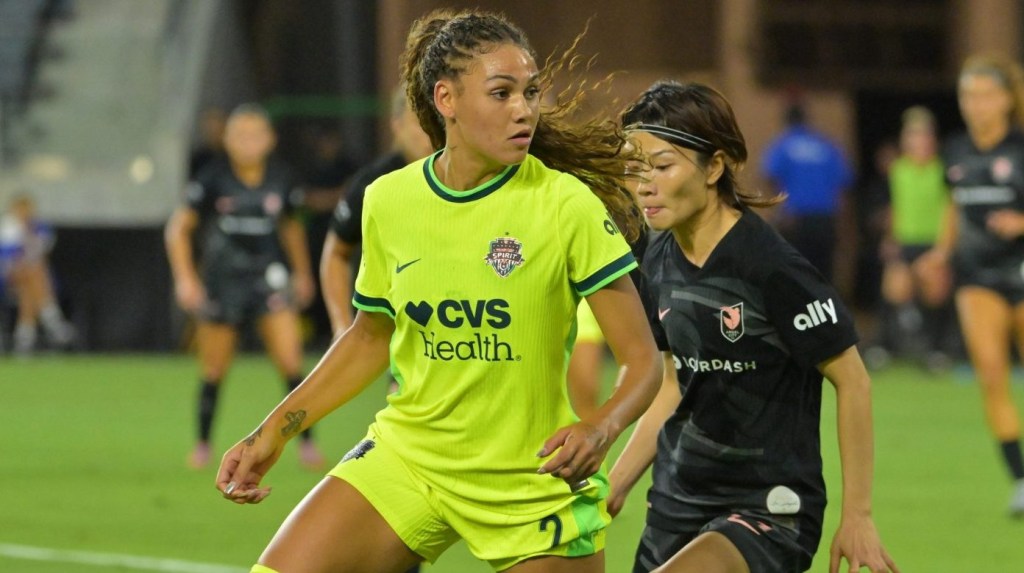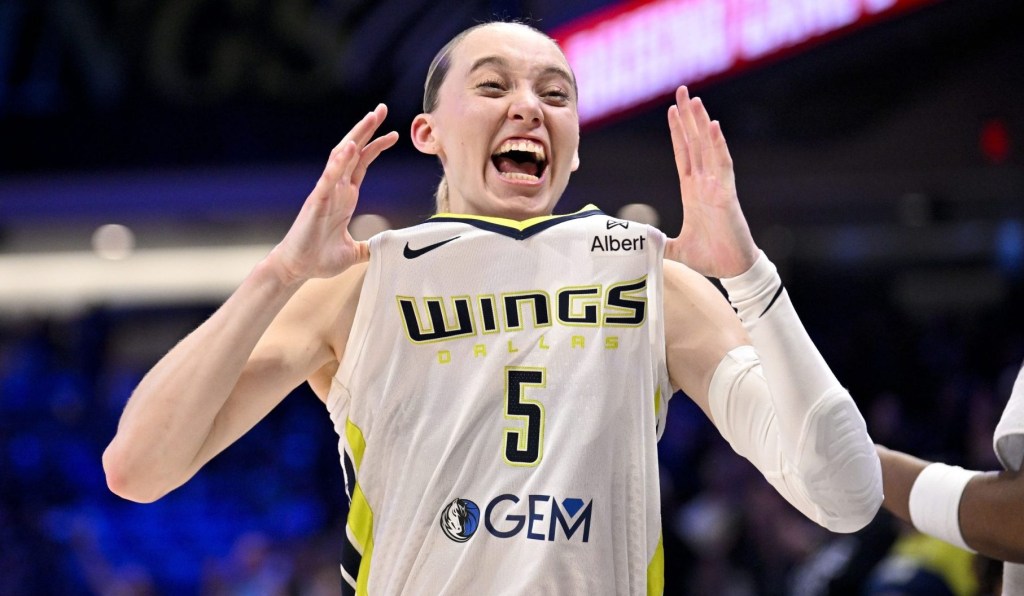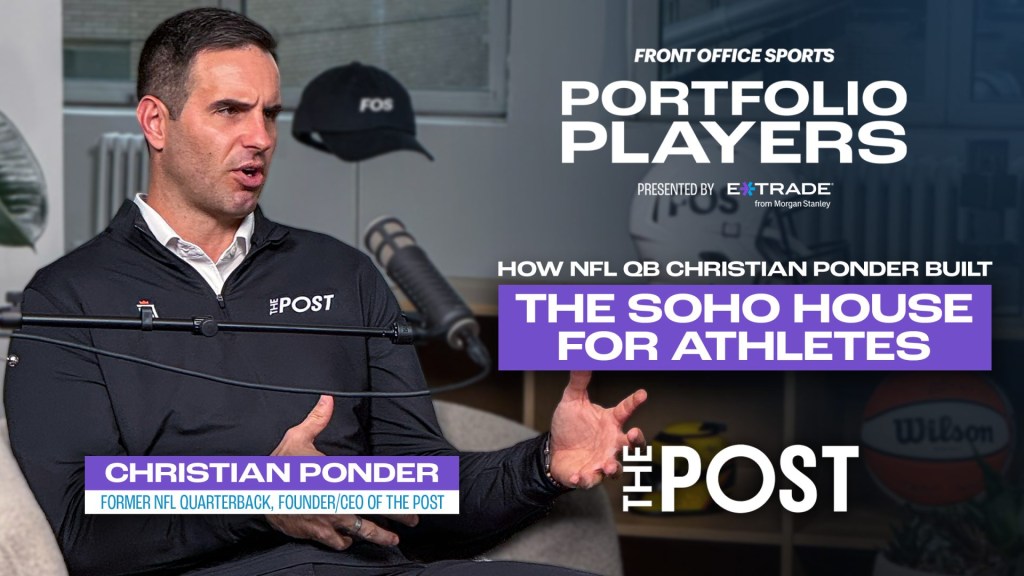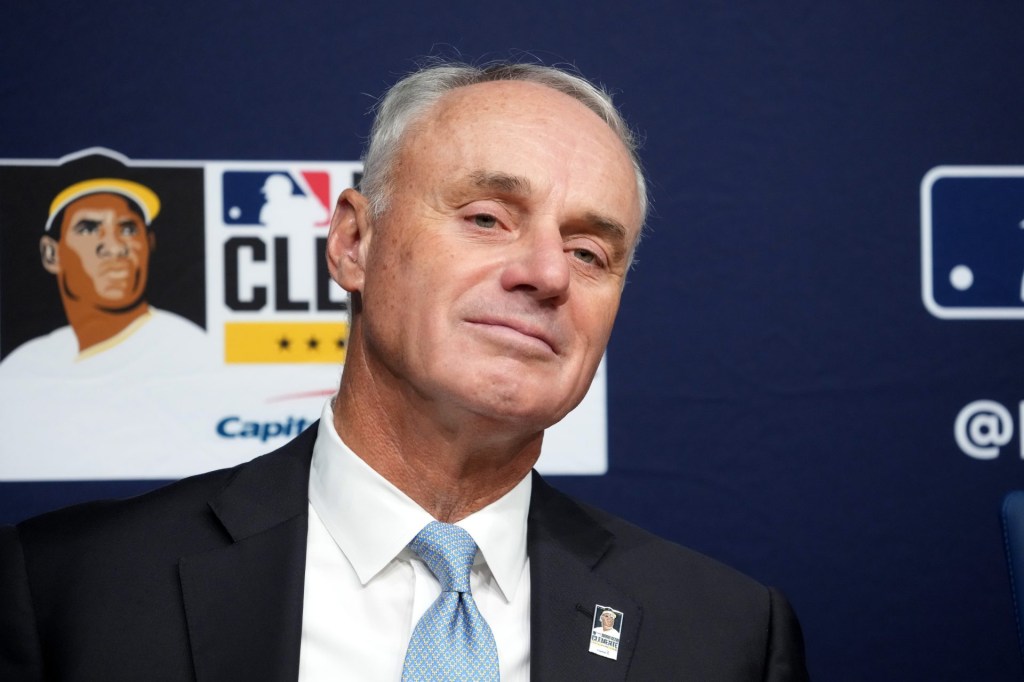Remember when the Golden State Warriors went to the NBA Finals five consecutive seasons from 2015 to 2019, winning three? They don’t make NBA dynasties like they used to. That’s because GMs functionally can’t anymore. The NBA’s second apron prevents teams from holding on to too much of their own talent while stockpiling more.
Keep reading for a full FAQ on the second apron.
Is there a first apron?
Yes. The first apron is a spending threshold for team payroll. If a team spends more than the amount agreed to in the league’s collective bargaining agreement ($195.9 million for 2025–26), it faces penalties, including a luxury tax and roster restrictions.
What is the second apron?
The second apron is an even higher spending threshold for team payroll ($207.8 million for 2025–26). If a team spends more than that, it faces all the penalties from the first apron and then some. These restrictions severely limit the types of transactions and roster moves the team can make.
What are the penalties?
Any team that exceeds the second apron loses its signing exceptions. These are special free-agent signings teams can make despite being over the salary cap. That means teams can only sign their own free agents and draft picks, offer veterans minimum contracts, and make trades that don’t add to their payroll.
Teams that go above the first apron retain signing exceptions but have less money to spend on them.
Is the apron the same as a salary cap?
No. The salary cap is the amount teams can spend to before accounting for exceptions. Going too far over the salary cap is how teams find themselves over the first or second apron.
However, the aprons can function as hard salary caps in certain situations.
What situations turn an apron into a hard cap?
Any of the following moves will trigger the first apron to be hard-capped, meaning it’s no longer a threshold teams can go past, but a ceiling:
- Using the biannual exception
- Using more than the taxpayer portion of the mid-level exception
- Getting a player via a sign-and-trade
- Signing a waived player who was getting paid more than the non-taxpayer mid-level exception
- Taking back more salary when adding players to a trade for matching purposes
Any of the following moves will trigger the second apron to be hard-capped:
- Aggregating two or more players’ salaries in a single trade (meaning putting a few contracts together to get outgoing salaries to more or less match incoming salaries)
- Sending cash to another team as part of a trade
- Using the taxpayer mid-level salary exception to sign a player
- Signing a player using a traded-player exemption created via a sign-and-trade
But that’s not all. Once a team becomes hard-capped at the second apron (by making one of the above moves), it can no longer make any of the moves above. In other words, if it sends cash as part of a trade, it is now no longer able to spend above the second apron or any of the other things above.
Teams exceeding the second apron are also unable to trade first-round picks seven years out and could see their first-round pick be moved to the end of the round if they remain in the second apron for three out of five years
When was the second apron implemented?
The league and players agreed to it as part of the collective bargaining agreement signed in 2023. It went into effect starting with the 2024 offseason.
Is it having an effect?
Yes. Before the second apron went into effect, teams faced some restrictions from going over the league’s salary cap. However, teams that were willing to pay the luxury tax—like the Golden State Warriors—weren’t significantly impeded from constructing super teams.
That’s no longer the case. After winning an NBA championship in 2024, the Boston Celtics payroll kept climbing due to supermax contract extensions for Jayson Tatum and Jaylen Brown. To get under the second apron and keep the ability to use its mid-level exception, the team shed payroll in the 2025 offseason by trading point guard Jrue Holiday and center Kristaps Porzingis.
NBA Salary Cap Thresholds: 2025–26 Season
| Salary Floor | $139.2 million |
| Salary Cap | $154.6 million |
| Luxury Tax Threshold | $187.9 million |
| First Apron | $195.9 million |
| Second Apron | $207.8 million |
